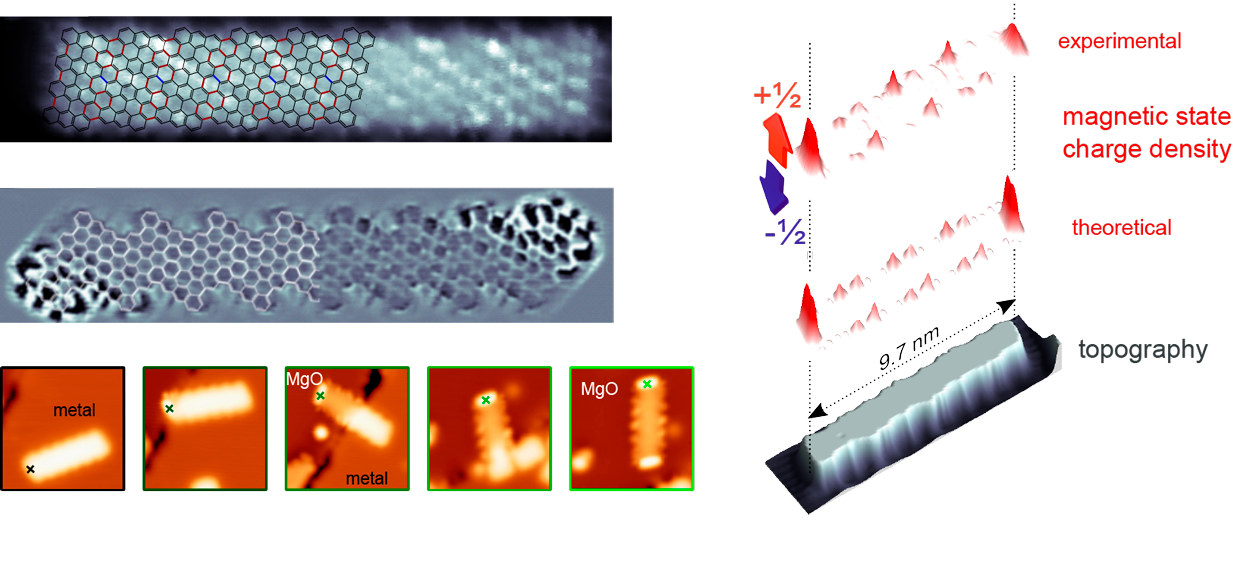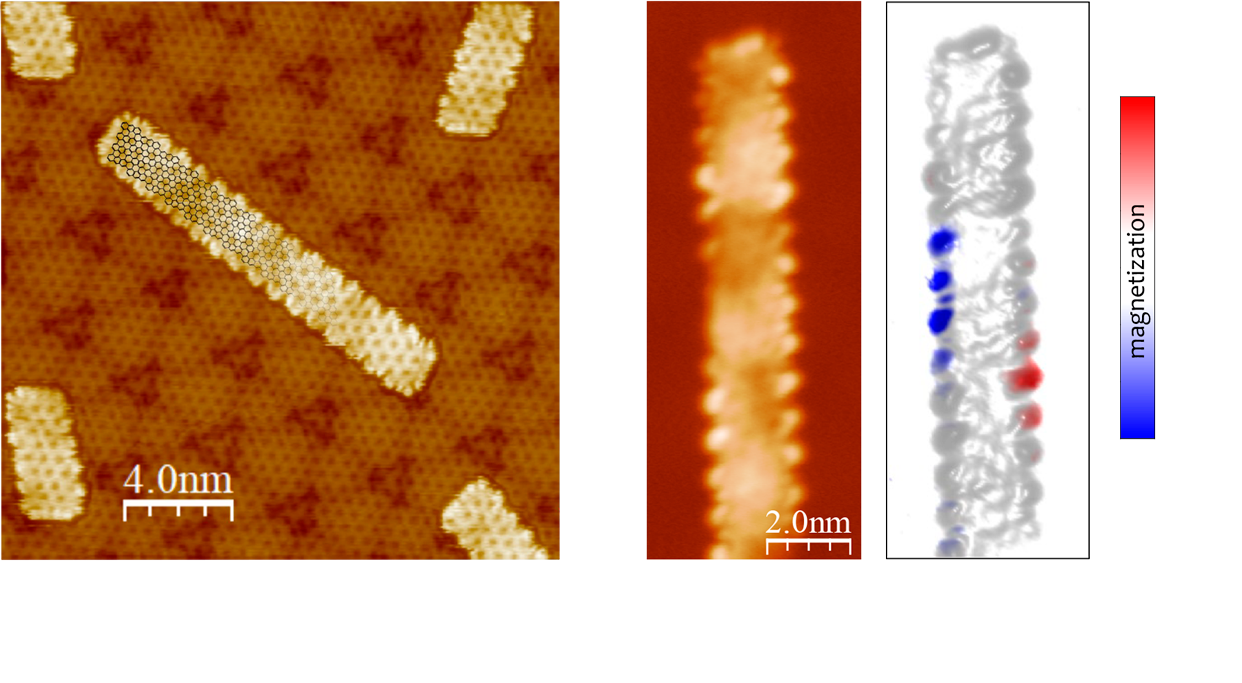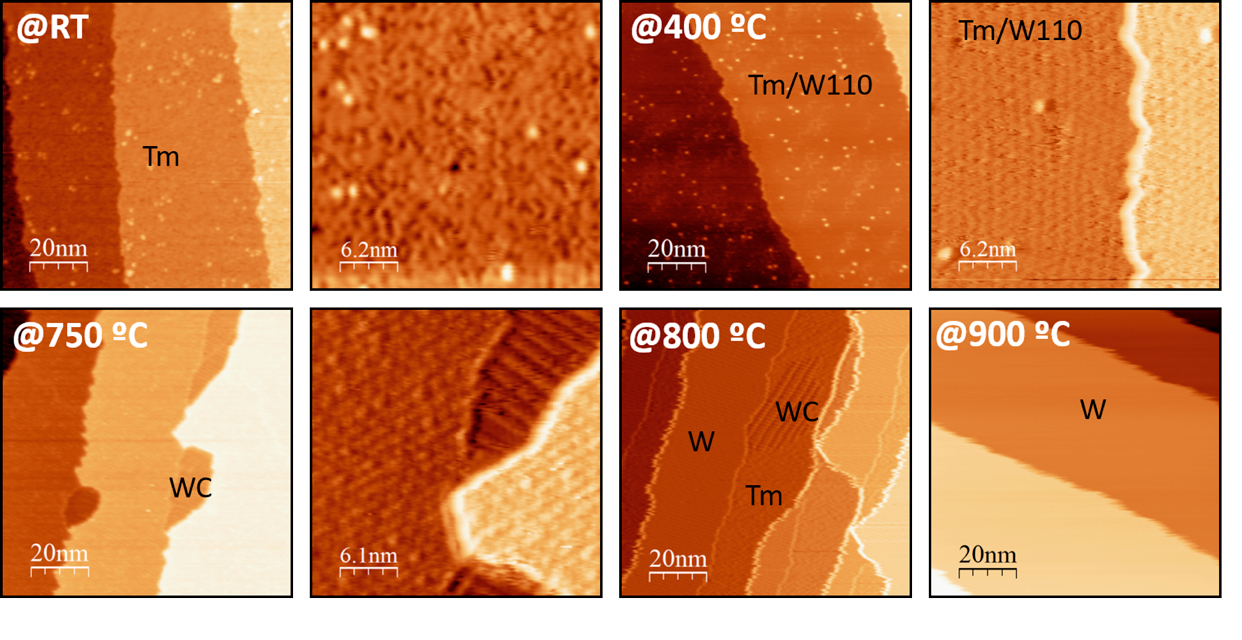Exploring Spin Qubits and Real-Time Surface Engineering at Spain’s Laboratorio de Microscopías Avanzadas
… a Case Study, Part 2 (Part 1 is here)
“Since 2015, LMA has been officially recognized as a national reference microscopy lab. In the SPM division, we run competitive experimental proposals from across Europe. A constant in all these projects is the high satisfaction of our external and local users with the Nanonis control electronics – we operate three of them. Most users are already familiar with Nanonis, and those who are not quickly adapt to it. I believe this is because Nanonis hardware and software are designed by scientists for scientists, giving them the extraordinary adaptability we need to tackle even the most unusual technical challenges.”
Dr. David Serrate
Controlling Quantum States with the JT-STM
Dr. Serrate’s team has pioneered work on graphene nanoribbons (GNRs) on MgO/Ag(001) substrates, using the JT-STM’s ultra-high energy resolution to reveal and manipulate their electronic states. By tuning the ribbon length by single molecular units, the researchers can switch between non-magnetic and spin-½ paramagnetic states. This breakthrough demonstrates a path toward designer quantum systems, potentially enabling graphene-based spin qubits (Nat. Commun. 16, 5632 (2025) doi.org/10.1038/s41467-025-60767-5).


High-Temperature Epitaxy and Self-Assembly with the Aarhus 150
The high-temperature stability of the Aarhus 150 enables the team to monitor surface diffusion processes and guide self-assembly of nanoscale structures. A striking example is their study of Thulium (Tm) growth on W(110): by carefully controlling temperature and accounting for carbon diffusion from the bulk, they achieved the reproducible formation of pseudomorphic nanoislands (IntechOpen Epitaxy, 2018; DOI:10.5772/intechopen.70218). This level of control, resolving island size down to a few nanometers, opens pathways for engineered magnetic nanostructures.

Watching Chemistry in Action
In addition to epitaxy, the Aarhus system allows live monitoring of chemical vapor deposition (CVD) reactions. For instance, researchers observed the time evolution of propene decomposition on Ni(111) at 823 K, watching the formation of a Ni2C layer and its transformation during graphene growth. These in-situ observations provide unique insights into surface chemistry that are difficult to achieve with ex-situ techniques (more on this topic here ...).

Open Access to a Unique Facility
Through LMA’s competitive access program, international researchers can benefit from these capabilities to explore their own systems. The combination of SPECS instrumentation and expert guidance from Dr. Serrate’s team ensures experiments are both scientifically rigorous and technically feasible.
By combining quantum-level precision with high-temperature versatility, the LMA’s SPM division enables discoveries that range from the fundamental physics of spins to the controlled growth of nanostructures. This synergy between advanced infrastructure and expert scientific leadership continues to make LMA a global hub for cutting-edge surface science research.
Explore Access to LMA’s Facilities
Researchers worldwide are invited to leverage LMA’s cutting edge instrumentation and expertise. Apply for access via the LMA Access & User Program and collaborate with Dr. Serrate’s team to bring your experiments to life.
